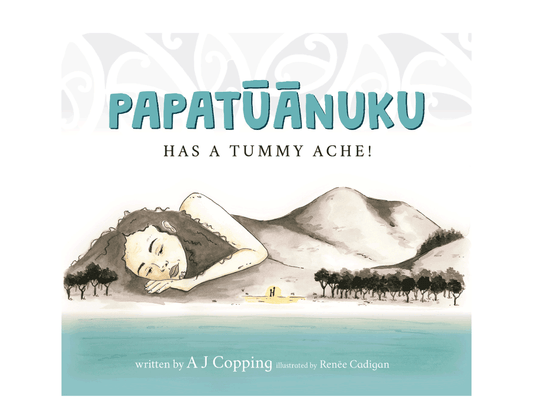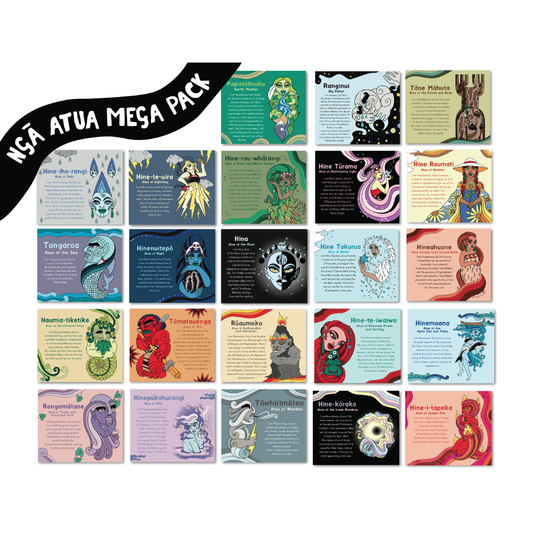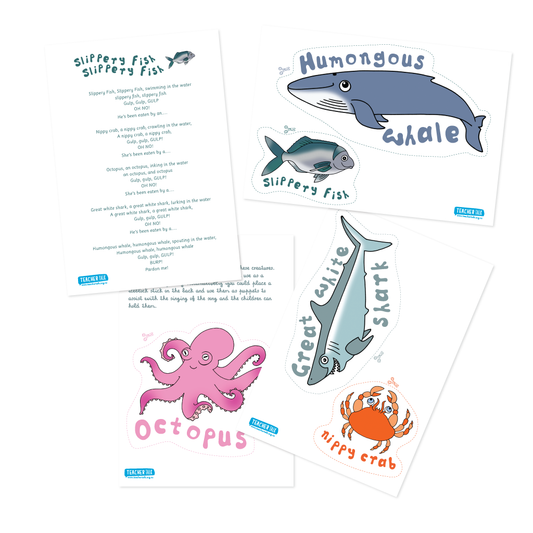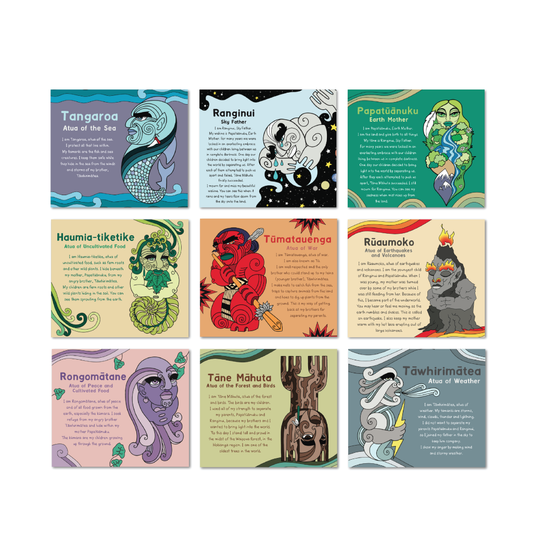Long, long ago, beneath a star filled sky, a child learns the stories of their ancestors;
“These stars guided our people across the vast Pacific, from island to island, until we reached Aotearoa. We did not have maps or compasses—our knowledge, our stories, and our language were our guide. Our words hold the wisdom of our ancestors, and when we speak them, we keep their journey alive.”
Fast forward to today, where many of these precious voices are fading in an English dominant education system. As educators, we play a cruicial role in preserving these voices, but how can we, as educators and communities, ensure that Pacific languages remain strong, vibrant, and full of life for the next generation?
Language is more than just communication—it carries culture, identity, and a sense of belonging, a vital link to heritage. However, without strong reinforcement in early years, these languages risk being lost. Research shows that fostering a child’s first language enhances cognitive development, strengthens cultural identity, and even improves English literacy skills later in life.
With a growing Pacific population and a commitment to honoring Te Whāriki’s principles of inclusivity and cultural identity, creating a space to embrace and celebrate our Pacific communities is a great place to start. Here are some of our tips and tools to support this.
Ways to Integrate Pacific Languages in ECE
Each year, New Zealand celebrates multiple Pacific Language Weeks, highlighting the richness of Samoan, Tongan, Fijian, Cook Islands Māori, and other Pacific languages. These events provide a fantastic opportunity for ECE services to incorporate Pacific languages in meaningful ways. Aside from these language weeks, here are some other simple options to weave this into your environmnet;
Language-Rich Environments
• Display Pacific words, phrases, and cultural symbols in classrooms.
• Use bilingual labels for everyday objects to encourage vocabulary building.
Storytelling and Songs
• Incorporate Pacific language storybooks, legends, and lullabies.
• Share traditional navigation stories about the great voyages across the Pacific.
• Learn and sing songs in Samoan, Tongan, Fijian, and other Pacific languages.
Simple Greetings and Phrases
• Teach basic greetings like “Mālō e lelei” (Tongan: Hello) or “Talofa lava.(Samoan: Hello).
• Encourage educators and children to use Pacific phrases during daily routines.
Engaging Pacific Families and Local Community Groups
• Invite parents and grandparents to share their language, traditions, and migration stories.
• Engage with local community groups such as cultural dance groups that may be able to visit the centre.
• Connect with Pacific community leaders and cultural experts for guidance.
Moving Forward
By embracing diverse languages as a core part of early learning, we help nurture confident, culturally rooted children who thrive in both their heritage and mainstream New Zealand society.
By teaching Pacific languages, we are not just preserving words—we are keeping the spirit of the great navigators alive, honoring the journeys of our ancestors, and preparing our children to navigate their own futures with confidence and pride.
Let’s make Pacific languages a valued part of our ECE landscape—because every child deserves to see their culture reflected in their learning journey.
At TeacherTalk, we offer a diverse range of resources to help educators bring these celebrations to life—from bilingual posters and activity guides to tools to share stories and songs. By weaving these languages into everyday learning, we ensure they remain strong, vibrant, and valued.




